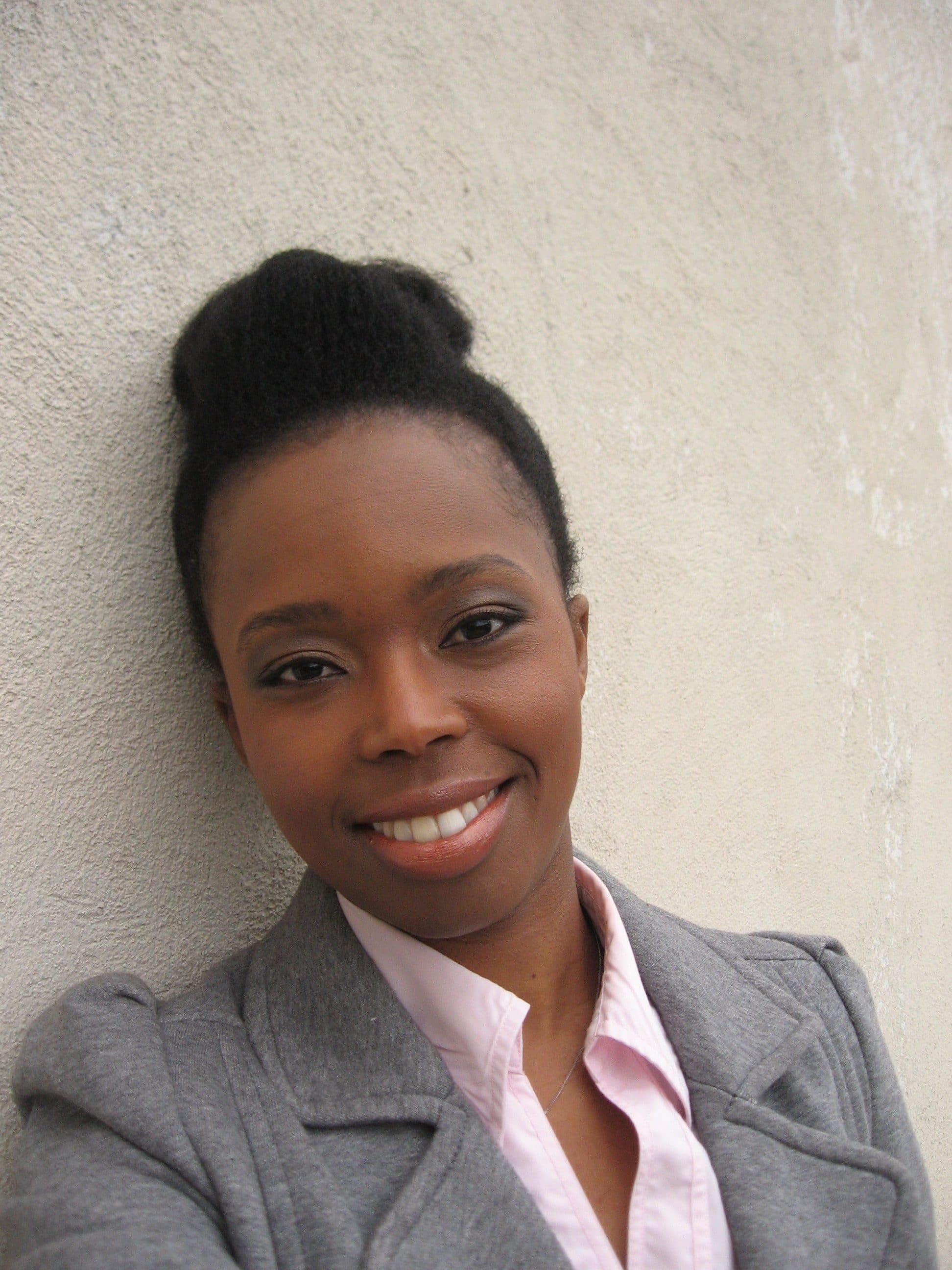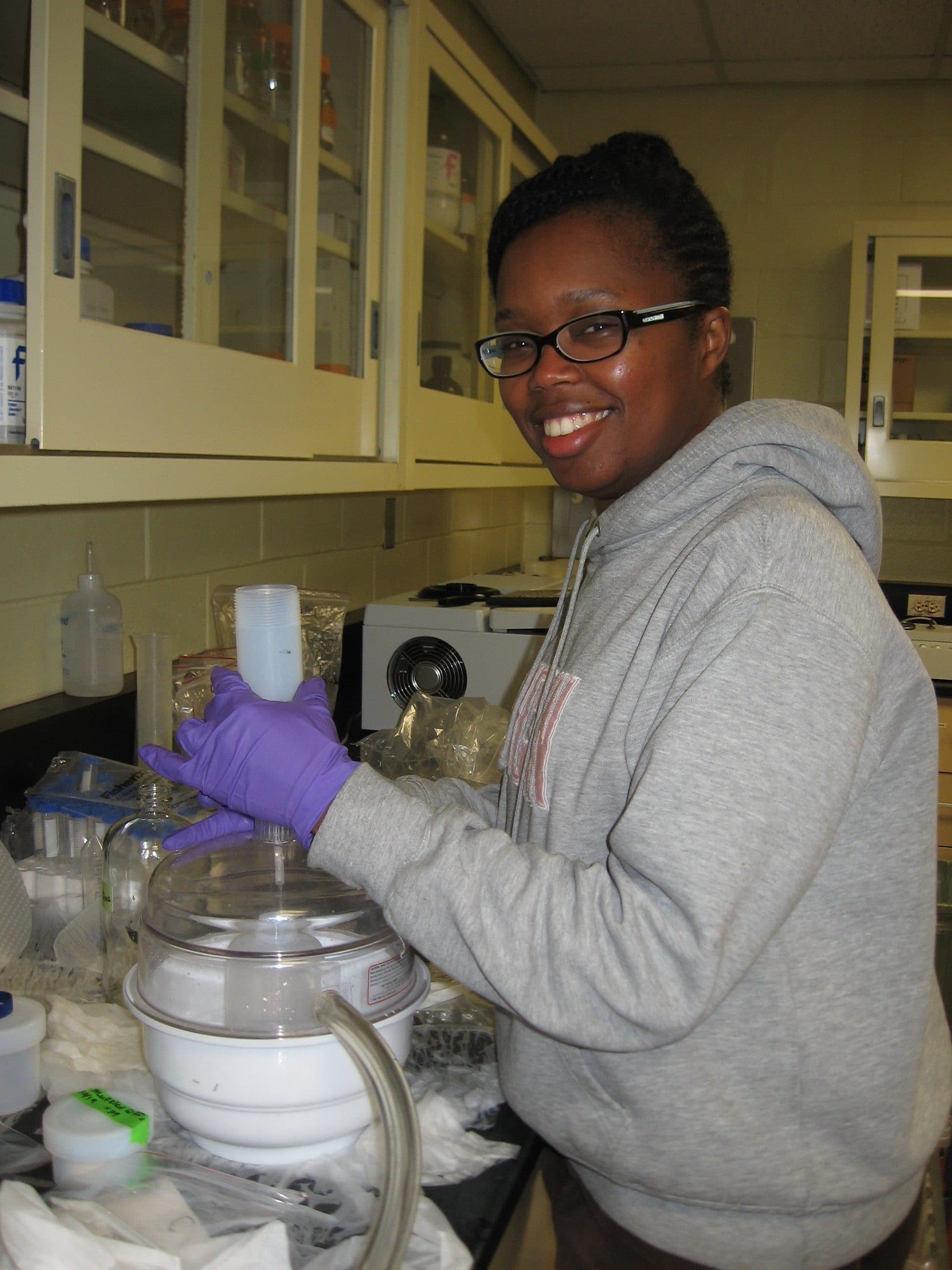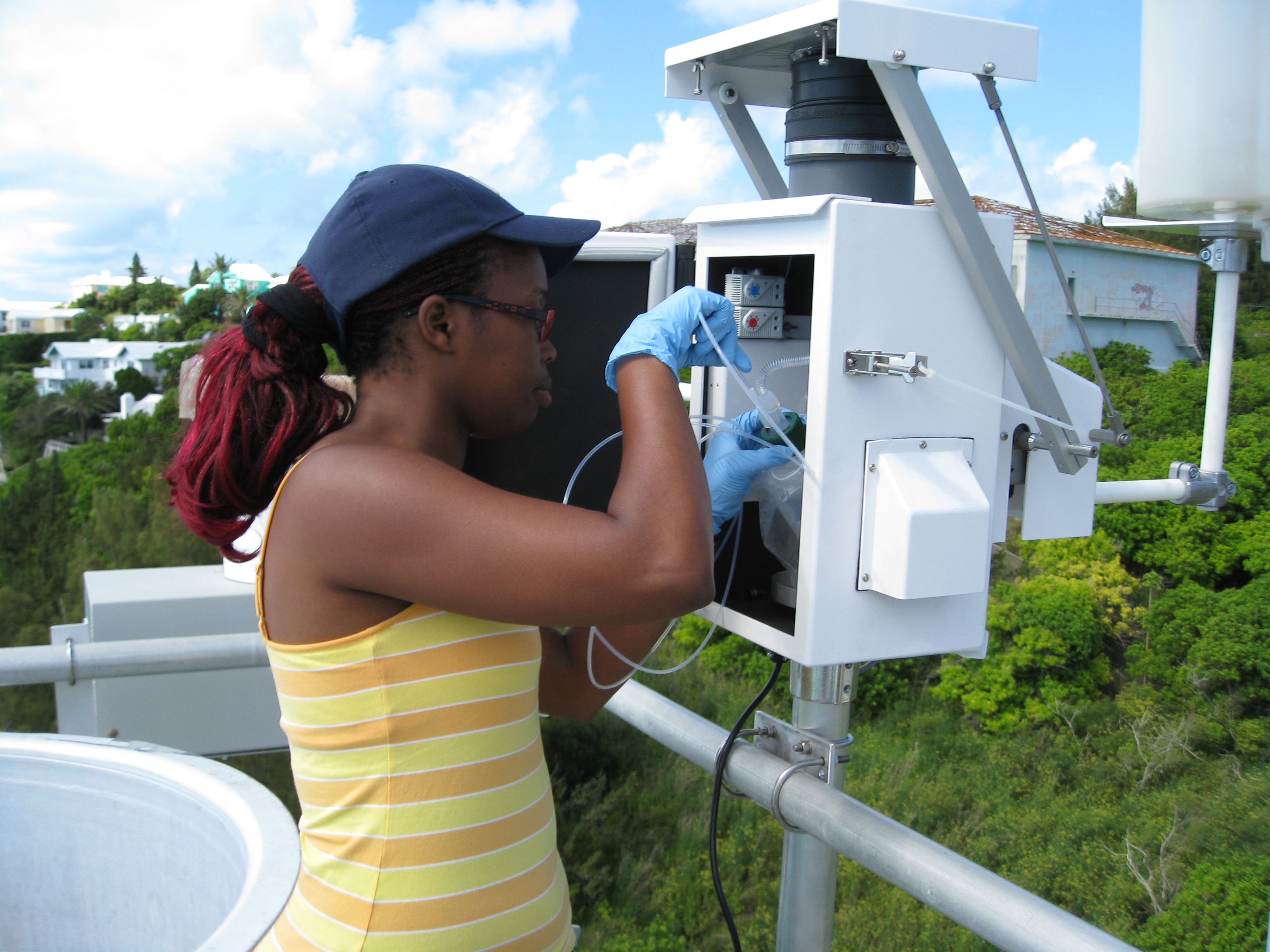Susan Gichuki
 Susan Gichuki’s interest in science has always been driven by curiosity, the innate desire to know how things work. In addition to having good teachers and parents who nurtured this interest, growing up she was a voracious reader. An array of fiction and books like Arkady Leokum’s “Tell Me Why” encyclopedia series opened up her mind to diverse topics in science as well as the world. Her interest in the natural world was also inspired by her family’s visits to the National Museum and the Animal Orphanage, which housed animals like lions, leopards, warthogs, buffalo, and monkeys.
Susan Gichuki’s interest in science has always been driven by curiosity, the innate desire to know how things work. In addition to having good teachers and parents who nurtured this interest, growing up she was a voracious reader. An array of fiction and books like Arkady Leokum’s “Tell Me Why” encyclopedia series opened up her mind to diverse topics in science as well as the world. Her interest in the natural world was also inspired by her family’s visits to the National Museum and the Animal Orphanage, which housed animals like lions, leopards, warthogs, buffalo, and monkeys.
Originally from Nairobi, Kenya, Susan traveled to the U.S. in 2006 to pursue her PhD in Chemistry at the University of Connecticut (UCONN). Her doctoral research was focused on quantifying atmospheric mercury concentrations in precipitation, air and aerosols; calculating deposition fluxes, and identifying potential sources at locations in South Africa and Bermuda. Through these projects, she appreciated the opportunities to do field work in very diverse environments. In South Africa, her work was instrumental in laying the foundation for the country’s mercury monitoring program. She worked with scientists from the Council for Scientific and Industrial Research (CSIR). In North America and most European countries there are comprehensive mercury monitoring programs, but this is not the case in Africa. One of the great things about this collaboration is that after the project ended, the CSIR continues to monitor mercury in the country’s rivers. In addition, the South African Weather Service (SAWS) makes mercury measurements in air and rain at the Cape Point Global Atmospheric Watch (GAW) station. Working in Bermuda provided opportunities to go on research cruises in the North Atlantic and to make measurements at the island’s Tudor Hill atmospheric observatory. Susan also has been a participant in the GEOTRACES program; validating analytical methods for mercury determination in seawater and atmospheric aerosols.
Susan is now looking to move her career in a new direction. In the next year she hopes to be working on research topics related to atmospheric trace gases and aerosols (e.g. PM 2.5, PM10) that affect air quality and climate.
As a member of ESWN, Susan often contributes to discussions on the website. Susan states that, “Given the geographical spread of members, this is a great way for people to interact and learn from each other. Although there are numerous other resources that support women in science, ESWN is special in its focus on the earth sciences. There are issues that are unique to this group that may not necessarily apply in other career paths.”
Taking a break helps to maintain enthusiasm and creativity. Susan unwinds by swimming and spending time outdoors, mainly running and hiking. She also enjoy photography; taking pictures of nature, cityscapes, and people.


